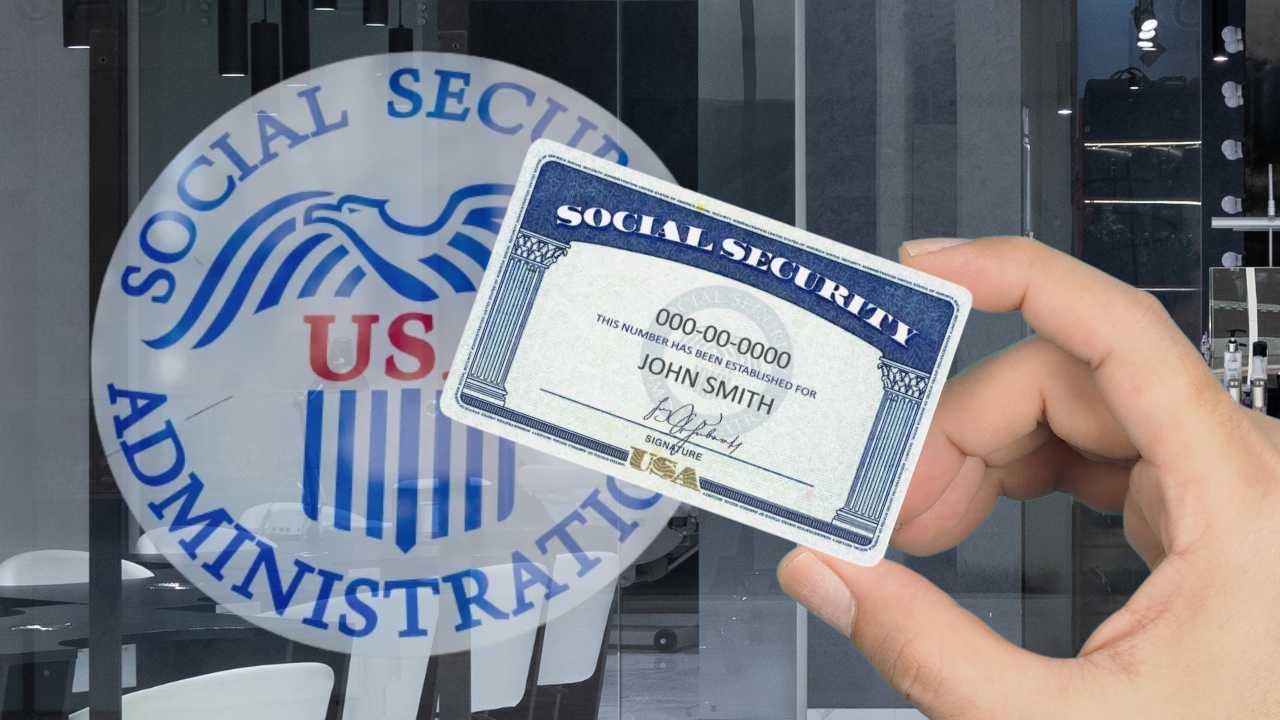The Social Security Administration (SSA) maintained its staggered payment system for retirement, SSDI, and survivor benefits in June 2025. The fourth Wednesday of the month, June 25, specifically applied to beneficiaries born between the 21st and 31st of any month. This distribution followed protocols established decades ago to streamline federal benefit disbursements.
The Supplemental Security Income (SSI) program underwent a significant adjustment that same month. Because June 1 fell on a Sunday (a non-processing day for government transactions), payments were advanced to Friday, May 30. This modification resulted in no regular SSI payment for June, consistent with SSA’s administrative rules for weekends and holidays.
The Social Security groups who get payments on June
Group 1 recipients (those who began receiving benefits before May 1997) collected payments on June 3. This segment maintains a payment schedule independent of birthdate-based distribution, per historical SSA provisions. Their payment timing doesn’t follow the later-implemented birthdate system.
Beneficiaries born between the 1st and 10th (Group 2) accessed funds on June 11. Group 3 recipients (born 11th-20th) received payments on June 18. These dates reflect the second and third business weeks of the month, respectively.
Those born from the 21st-31st (Group 4) received payments on June 25 (the fourth Wednesday). This group completes the monthly payment cycle. The methodology aims to distribute SSA’s operational workload throughout the month while efficiently delivering benefits to millions.
Maximum Social Security payments in June 2025
Early retirees (age 62) could receive up to $2,831 monthly in 2025. This amount reflects actuarial reductions for early filing under Social Security law formulas. It represents the upper limit for this category.
Those waiting until full retirement age (67) received up to $4,018 monthly. Now,the complete benefit without age-related reductions. Delayed retirees (age 70) qualified for maximum benefits of $5,108 monthly after earning delayed retirement credits.
The $5,108 maximum requires 35 years of maximum taxable earnings. This ensures beneficiaries contributed sufficiently throughout their working lives. The calculation uses inflation-adjusted earnings from the top 35 income years.
The urgent transition to electronic payments
The SSA confirmed permanent elimination of paper checks effective September 30, 2025. This affected approximately 456,000 beneficiaries (0.7% of 68 million total recipients), according to Treasury Department data.
Vulnerable groups disproportionately impacted included:
- Seniors
- Rural residents
- Unbanked individuals
- Those with limited digital literacy
The White House justified the change, citing security statistics: “Paper checks are 16 times more likely to be reported lost or stolen than electronic transfers.” Beneficiaries needed to select from:
- Direct deposit to bank accounts
- Direct Express prepaid debit cards
- Approved digital wallets
Those failing to update payment methods by the deadline risked temporary payment delays or suspensions. Individuals facing extreme difficulties could request exemptions through direct contact with SSA or Treasury Department caseworkers.




